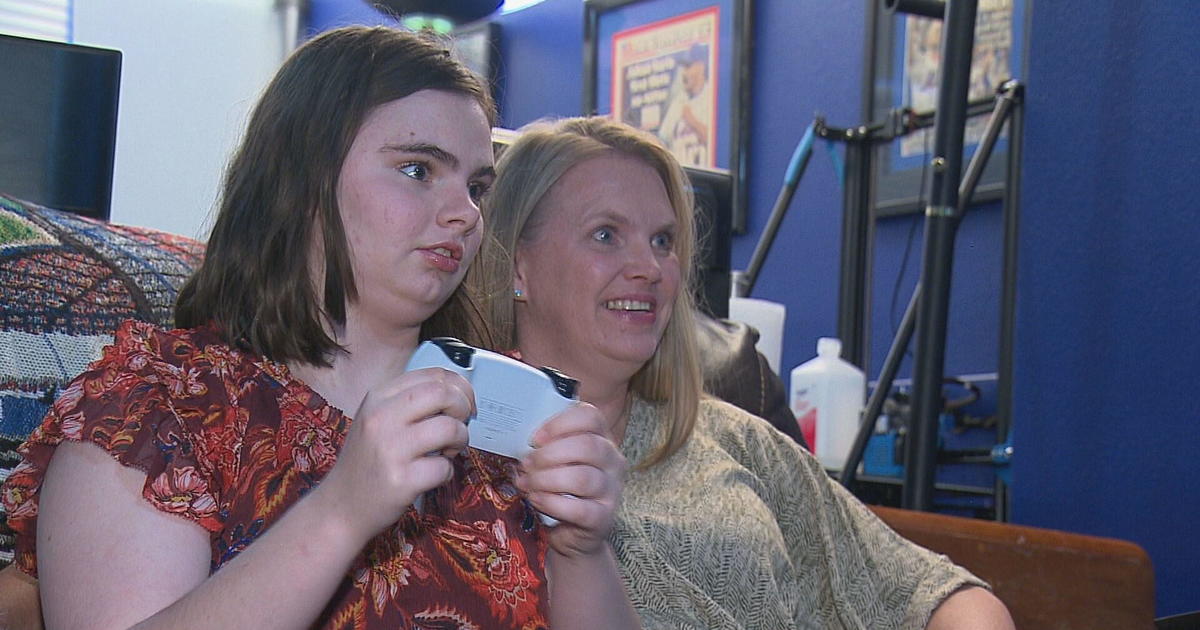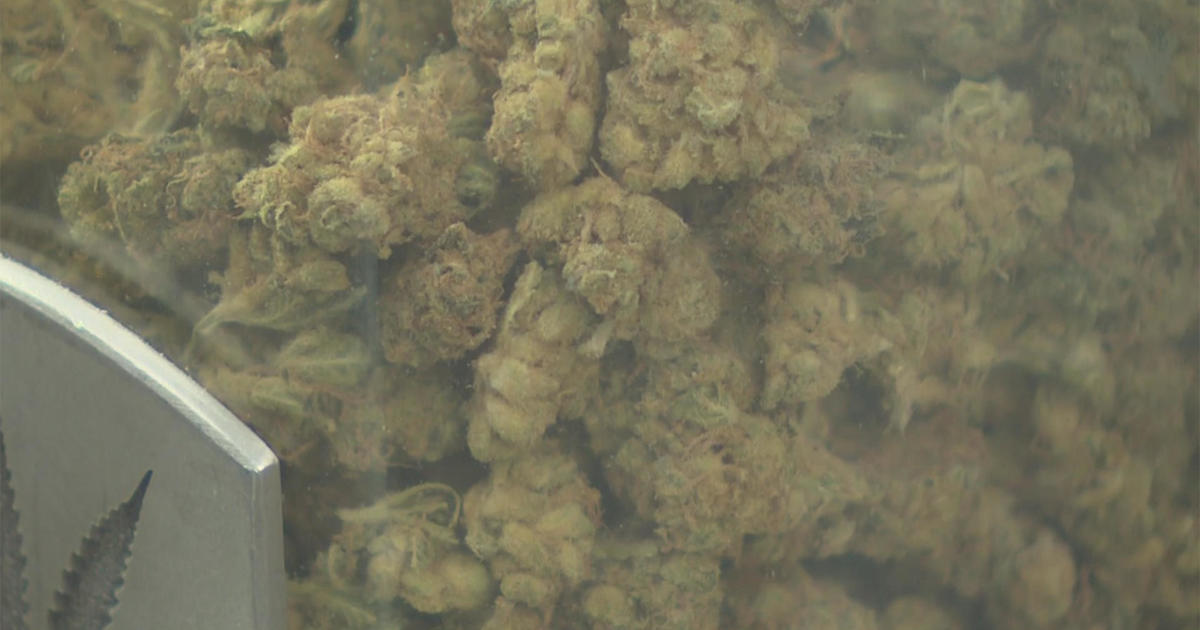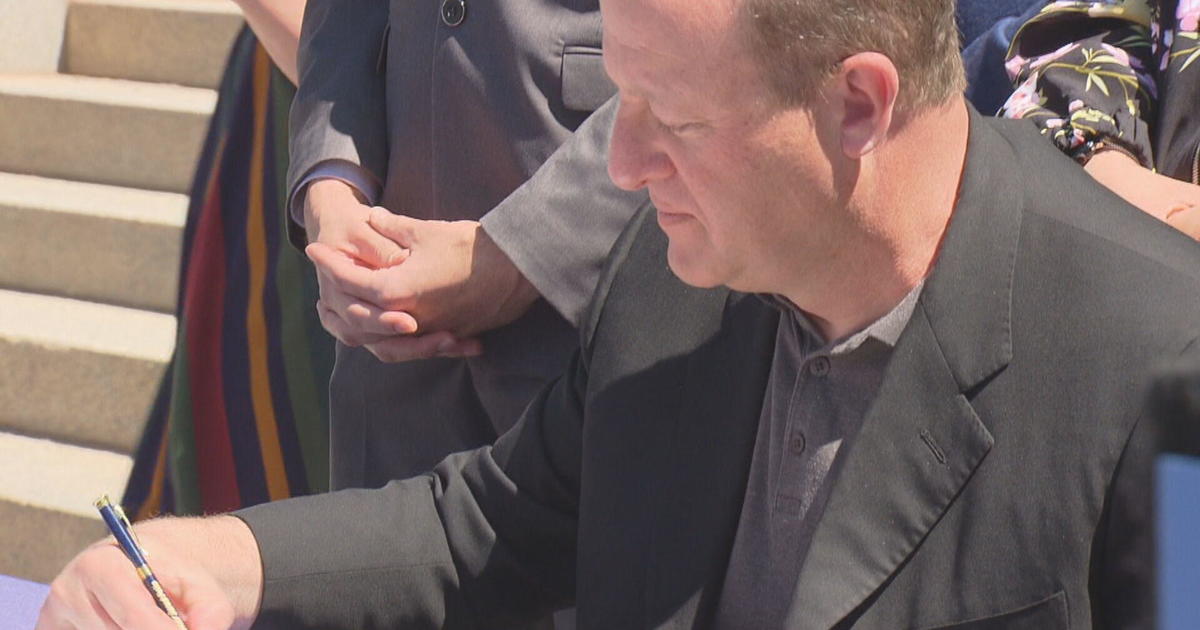Saving The Old Spanish Trail
DURANGO, Colo. (AP) - When the Old Spanish Trail Association met in Cortez recently for its annual conference, several speakers said that the remnants of the trail from Santa Fe to Los Angeles may well be lost.
One part of the trail goes from Abiquiu, N.M., through Ignacio and Durango and on past Green River, Utah. To help define and preserve the trail, the OSTA wants to form a Four Corners chapter, said Mark Franklin, the group's treasurer.
"We're living in the past, working today, doing this for tomorrow," said incoming association president Ashley J. Hall, who insisted the OSTA needs to get more involvement from Native Americans and Hispanics.
Southern Ute Tribal Elder James Jefferson told attendees that the Utes created a portion of the trail through thousands of years of their own trading.
"The Old Spanish Trail had a long history before the Spanish walked on it," he said. "We came here in the beginning," long before other tribes such as the Navajo and Apache, whom the Utes call "The Wanderers," Jefferson said.
Nathan Strong Elk, acting director of the Southern Ute Cultural Center and Museum in Ignacio, said there is DNA evidence of Utes being in this area for at least 12,000 years. The Utes say it is at least 20,000 years, he said.
"Utes are the longest continuing inhabitants of Colorado," Strong Elk said.
The Old Spanish Trail, more properly called the Old Spanish National Historical Trail under its federal designation, could be a catalyst for development, Strong Elk said. He said the Southern Ute museum could be directly involved in displays and education about the trail.
Cortez resident and author Fred Blackburn said there is some physical evidence of Spanish in the area. He said he's seen two artifacts: a slave (nose) ring and a lance.
"We need to think about integrating the Spanish trail and the Native trail," he said.
There are a number of threats to the trail, several speakers said. One of them, ironically, is the development of alternative-energy facilities.
"Industrial-scale plants fragment federal lands," creating a checkerboard of publicly accessible and inaccessible lands, said Jack Pritchett from OSTA's Tecopah, Calif., chapter. Pritchett said a company called BrightSource is building a solar-thermal power plant that threatens parts of the trail.
Tecopah is an old Mojave Desert mining town near the California-Nevada border. The trail includes a part of a route taken by John C. Fremont in his western exploration.
Pritchett added that he and his colleagues have been GPS-mapping portions of the trail, called a mule trace, that date from around 1829 to 1848.
"The trail passes through pristine desert," and there are no signs of modern impact with almost no modern artifacts, such as graffiti, broken glass and the like, Pritchett said.
Artifacts that have been found date from the 19th century, and Pritchett said it is a previously unrecorded branch of the Old Spanish Trail that matches with period documentation.
LINK: oldspanishtrail.org
- By ROBERT GALIN, The Durango Herald
(© Copyright 2013 The Associated Press. All Rights Reserved. This material may not be published, broadcast, rewritten or redistributed.)



